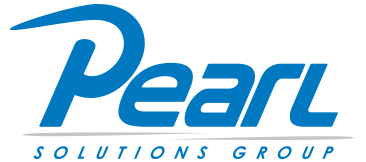Implementing Automatic License Plate Readers to your law enforcement fleet multiplies your force, provides on-the-spot data, improves database management, and boosts as an investigation tool. An agency investing in or upgrading ALPR solutions has a lot of options. Early versions were imperfect, but 85%-90% detection was still a major efficiency improvement for law enforcement officers out on patrol. As technology advances and unfortunately, as criminals have become more aware of and improving evasion of ALPRs, it is important to understand the value of or impact when deciding on a particular ALPR solution for your agency. How can you select the best ALPR?
There are three general categories to choose from:
- Legacy mobile ALPR technology. This is the OG, nearly a decade old. You may still get 80% detection, but image processing and AI have come a long way in 10 years and you will be missing out on those advancements.
- Current generation of mobile ALPR technology. Updated with innovative technology including artificial intelligence and machine vision that improves accuracy, broader coverage, and improved capabilities.
- In-car video (ICV) systems supplemented by ALPR software. This is the add-on category. Leveraging ALPR technology to enhance ICV capabilities.
You’re looking for detection and recognition accuracy. When tested, mobile ALPR is far superior with a 95% impact rating, legacy ALPR has an 80% impact rating, and ICV-based ALPR is under 55%. In perfect daytime conditions, detection and recognition are not much of a challenge. Patrols working in the evenings in low/no light conditions experience the negative impact rating slide of legacy and ICV systems. ICV systems with ALPR rely upon direct illumination of the license plate by the patrol headlights so any disruption or deficiency will significantly impact plate capture performance.
You also need to know about performance standards. There are no performance benchmarks for ALPRs in North America. Manufacturers do not have to prove performance or calibration standards are met, including accuracy and evidential data protocols. it’s important that part of your vetting process includes making sure the manufacturer is regularly testing performance across a range of weather conditions, night and daytime use, and typical deployment scenarios,
You do not necessarily have to overhaul your entire computer system. Mobile ALPR solutions can be added to your existing computers, building on your existing technology investment with advanced solutions cost-efficiently. Deploying a single mobile ALPR camera and software onto an existing computer could roughly cost about $650 per year. With capabilities of analyzing 3,500-4,000 vehicles per shift, the investment into expanding patrol resources is pennies on the dollar.
Pearl Solutions Group partners with Neology to provide best-in-class ALPR solutions. This investment in your agency includes powerful vehicle detection and recognition analytics that extend your patrol and investigative resources. Learn more about how we help plan and implement mission-critical technology for your agency.




